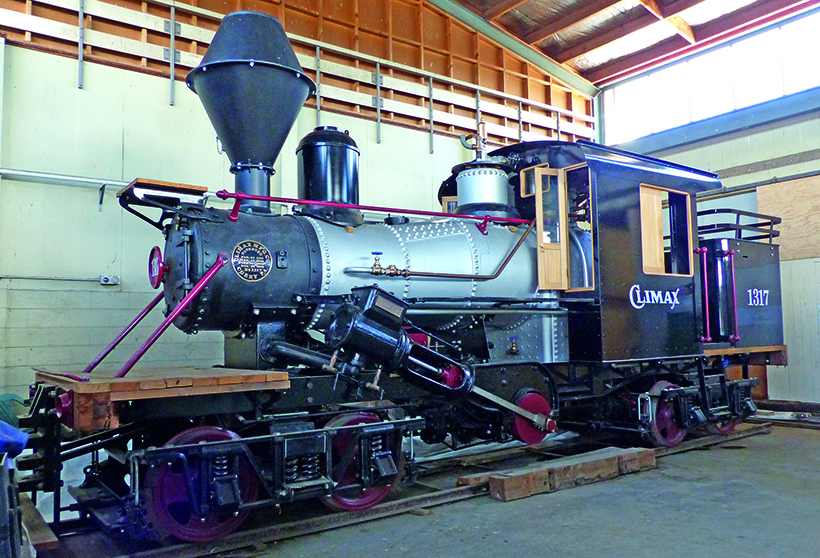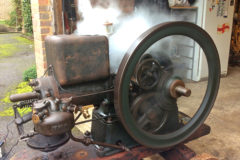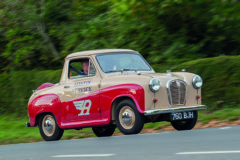1914 American-built steam locomotive
Posted by Chris Graham on 22nd February 2021
Phil Barnes reports on the life and eventual rescue of a 1914, American-built steam locomotive in New Zealand.

The Climax loco in its present home, where its thankfully undergoing a restoration under the stewardship of The Climax 1317 Trust. (Pic: Phil Barnes)
This 3ft 6in gauge, 1914 American-built steam locomotive, called Climax (No. 1317), was produced in Corry, Pennsylvania, to the firm’s ‘Type B’ 0-4-4-0 design. It was built for the Egmont Box Company in New Zealand, where it spent 26 years working on its Ohotu, Kakahi and Taurewa bush tramways,
The engine was later sold to Smyth Brothers and Boryer, where she worked on their Arohena and finally Ngaroma tramways in the Waikato region. The loco finished her working life at Ngaroma in 1956, and was stored outside before being moved to the War Memorial Park at Te Awamutu, in 1960.
She went on to spend a further 44 years outside and, inevitably, the weather really took its toll until, during 2004, she was finally moved to the council depot in Daphne Road, Te Awamutu. It was at this point that The Climax 1317 Trust was formed, as the result of an initiative by the local Lions Club.

The engine’s worksplate sits in pride of place at the front of the engine, just below the funnel. (Pic: Phil Barnes)
In 2007, work started on restoring the 22-ton loco to static display standard, under the stewardship of the Trust. Work is continuing, as evidenced by the photographs here, that were taken in February 2019, at a private location under the supervision of the Trust’s Russell Easton.
In the early days of the restoration, a considerable amount of corrosion was found around the lokey’s structure, and this has led to a major refurbishment, including the manufacture of such items as a new cab and bunker. Other work has involved rebuilding of frame members and an overhaul of the bogies and transmission. On a technical note, the Climax ‘B’ has two cylinders which are angled at 22½º, and drive a transverse crankshaft which, in turn (using skew bevel gears), transmit power to the front-to-back line-shaft, and thence to the bogies and axles below. On the subject of bogies, the Climaxes were deemed to have the best sprung bogies of any geared bush lokey design.
Ultimately, a new ‘home’ has yet to be found to display the very well-restored No. 1317.
For a money-saving subscription to Old Glory magazine, simply click here





